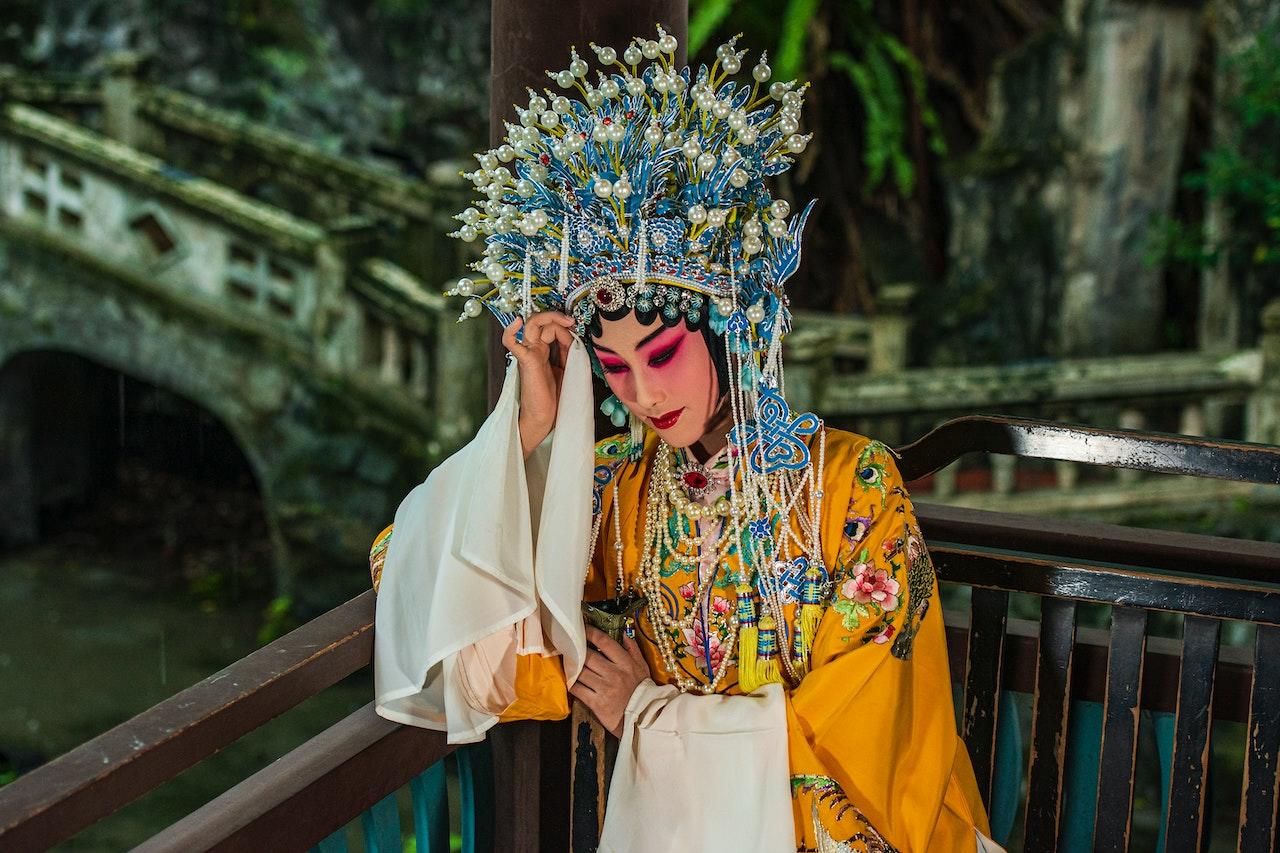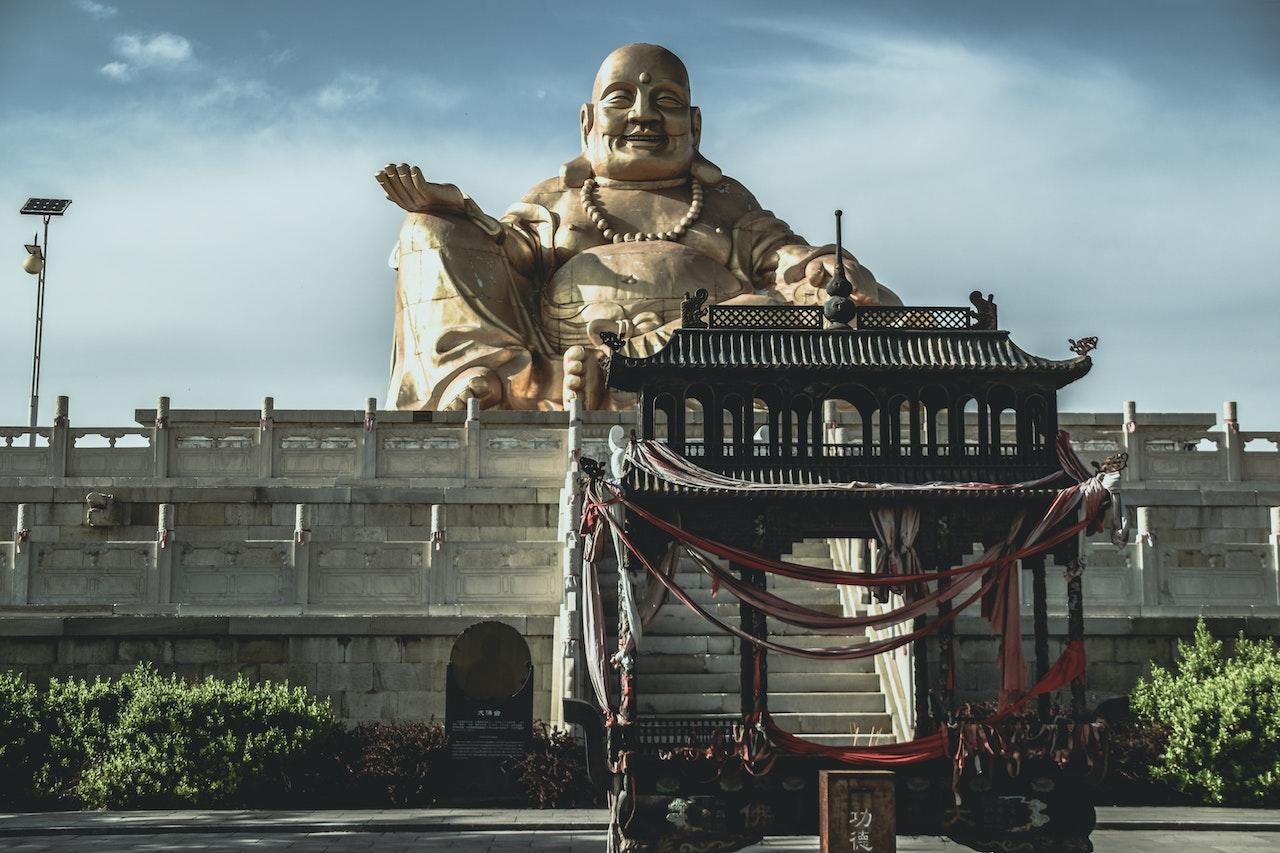A country ruled by many dynasties over the centuries, such as the Tang Dynasty, Ming Dynasty, Qing Dynasty and Sui Dynasty (just to name a few!), these historical eras in Chinese history bear the name of the family that dominated that period in time.
Fascinatingly, some dynasties lasted for centuries while others only lasted mere decades.
Regardless, all had an important impact on the Chinese language, culture, economics, art and politics and we can learn a lot about China from studying their history.
These ancient dynasties set the foundation for the modern Chinese culture we see today, which has obviously been influenced by the recent past, as well. Having historical and modern context is vital if you want to have a good handle on Chinese languages.

Why It’s Important to Have Cultural Context for Language
While it’s possible to learn a language without learning about the culture the language comes from, it’s recommended to learn both.
The reason is that language is developed to be able to communicate within a certain culture. Knowing the history, development, and use of the language is critical to fully understand the meaning of words.
The Language-Culture Relationship
Culture influences language and language influences culture in a never-ending circle.
Think of the English language today and how it both influences and has been influenced by Gen Z culture. Now, remember that that happens with every language all over the world - constantly.
A great example of this relationship includes the Algonquin languages from North America, which would phrase “She sings to him” as “singing is happening,” making the statement more about the general atmosphere of the area rather than limiting it to an interaction between two people. The Algonquin people historically lived in egalitarian communities full of respect and togetherness.
In Chinese, an easy example of this is “Nǐ chī le ma?” (你吃了吗?) which translates to “Have you eaten yet?” It’s used as a greeting like “How are you?” This is because Chinese culture revolves heavily around food and being well-fed. Throughout history, the Chinese have struggled with hunger and famine. Asking if someone has eaten means you genuinely care about their state of being.
Learning About Culture Makes the Language Easier
Without learning about the culture, learning a language can feel like memorizing handfuls of words without much rhyme or reason.
When you understand why you want to learn the language and have more context behind the words and phrases, you are more likely to be able to remember what you learn and make inferences about new words.
It speeds up the learning process and helps you retain the information more thoroughly.

Chinese Arts & Sciences
China is known for many, many traditional customs, practices, and events. All of them have been influenced and created influence in Chinese culture, and therefore, language.
Martial Arts
Kung fu is the most well-known Chinese martial art, having been developed sometime around or before 1111 BCE.
The ancient practice of martial art has touched almost all other aspects of Chinese culture, from philosophy and religion, literature, and performing arts to modern-day depictions in film and music.
There are many idioms (called chengyu) that draw from the context of kung fu, found in wuxia literature, like “飞檐走壁 (fēi yán zǒu bì) Leap onto roofs and vault over walls.”
Tai Chi, Qigong, and Yin and Yang
The concept of yin and yang goes back thousands of years and is at the centre of many Chinese customs and beliefs. It even influenced historic Chinese architecture!
Finding a harmonious balance between the two opposing ideals is at the heart of much of China’s cultural norms. As a result, Chinese culture can feel full of paradoxes as the middle ground is the goal, which means conflicting truths must be reconciled.
Yin-yang balance affects Chinese food customs, influences medicine, increases mindfulness in the average person, and helps foster the culture of togetherness.
Traditional Medicine
Interwoven with concepts from martial arts and yin and yang, traditional Chinese medicine is about creating balance in the body.
A lot of traditional Chinese medicine is looked down upon today for its outdated science (or lack thereof), for prescribing potentially harmful or ineffective remedies, and for contributing to the hunting of animals for ingredients.
These issues aside, there is a lot of valid knowledge in ancient medicine practices that are now holding up to new scientific studies about their efficacy.
This ancient knowledge system permeates modern Chinese culture because it’s seen as one of the highlights of Chinese heritage.
Opera
Chinese opera was practised in early Chinese history dating back to about 200 CE, and changed over time and with each dynasty, resulting in hundreds of different types of operas with more developing in response to world events.
All forms of opera except specific ones were outlawed from 1964 to 1977 during the Cultural Revolution. They have always been a way for common folk to comment on current events and criticise the government, so the art was outlawed to prevent these critiques.
After 1977, Chinese opera had a little resurgence, but it’s nowhere near as popular as it once was. Nevertheless, it’s a rich tradition that is still practised by some.
The themes, symbols, colours, and motifs in Chinese opera informed the audience of the character traits and foreshadowed events.
Confucianism
China’s social culture is based on Confucianism (aka Ruism), despite its complicated history. Confucius was born about 2,574 years ago, so you can imagine his teachings have had a long time to shift and move within the Chinese culture. And, several times in China’s history, the teachings and belief system have been outlawed or fallen out of favour, but it still persists.
Confucianism has been criticised heavily by many, including Chinese people, since it established gender roles that, by today’s standards, are very misogynistic. It defines relationships as being between a dominant individual and a subservient individual, like husband and wife, parents and children, and elder and younger.
In fact, a woman-only script was developed either during the Song or Shang Dynasty as a way for women, who were not allowed to be educated and had their feet bound, to communicate discretely with each other. This script is called Nüshu. A whole new writing language was developed in response to a specific situation.
Even so, ideals from this ancient religion/philosophy permeate Chinese culture regardless of modern religion.


Daily Etiquette
Interactions balance the concepts of yin and yang, Taoism, Buddhism, Confucianism, and many other subtle traditions all at once. It can be dizzying trying to keep up with expected etiquette as someone inexperienced in Chinese culture!
Don’t worry, though. Expectations for foreigners are quite low since Chinese people are aware of the complexities of their etiquette and its different from Western expectations. But that doesn’t mean they will sit by and let you be rude or unruly. Always act on your best behaviour.
Power Dynamics
Remember the influence of Confucianism!
The way Chinese people speak and interact with each other often relies heavily on the power dynamic. Great effort is taken to show courtesy, respect, and even reverence to those in the position of more power.
One important concept to remember is guanxi, which is similar to networking, but more important.
With all this cultural emphasis on togetherness and interpersonal relationships, is it any wonder that the language is designed to help convey deep respect and sincere apologies?
Haggling is Expected
Don’t be afraid to haggle a price down at places like small shops. You must be firm and confident when you haggle the price down, or your bid might not be accepted.
While it might be considered disrespectful in Western culture, it is seen as a normal part of a typical purchase interaction in Chinese culture.
Chinese Superstitions
Superstition is a huge part of Chinese culture, and it can even influence mundane things.
For example, the number four in Mandarin is 四 (pinyin: sìi) sounds exactly like “death,” 死 (pinyin: sǐ). It’s like unlucky number 13 on steroids. People will avoid obtaining license plates that end in 4, which impacts traffic patterns. Some buildings skip labelling the 4th floor, and perhaps any other floors that would have a 4, like 14th, 24th, etc causing a 100-story building to actually only have 81 floors.
Oppositely, the number 8 is believed to be auspicious. “8” 八 (pinyin: bā) sounds like 發 (pinyin: fā) which means “to prosper.” The belief is so widespread that apartments on the 8th floor can be exponentially more expensive than any other units in the same building.
Superstitions play a huge role in how Chinese society functions and how the language is perceived.

Environmental Influence
Due to the geography surrounding ancient China, the area was left to develop in relative isolation. Foreign nations were unable to easily travel to China, which meant safety, but at the cost of the inability to interact with ideas and materials from elsewhere on Earth.
Of course, the Chinese were able to come up with many innovations and inventions on their own, but they weren’t able to combine knowledge with other sources or know what to expect from the outside world.
The Silk Road, established in 130 BCE, allowed a new network of goods and ideas to be brought in and out of China. Cultures mingled, new crops were introduced, new animals were brought in, and artistic and architectural trends were shared.
China remained primarily a farming culture for thousands of years and continues today in rural areas. Many of the common idioms, or chengyu, make reference to common farming themes. For example,
- 亡羊補牢 (pinyin: wáng yáng bǔ láo). Literally: to mend the pen after sheep are lost. Meaning: To act too late, “a day late and a dollar short.”
- 塞翁失馬 (pinyin: sài wēng shī mǎ). Literally: The old man from the frontier lost his horse. Meaning: A blessing in disguise. Refers to a well-known fable about a man, his horses, his son, and the army.
- 負荊請罪 (pinyin: fù jīng qǐng zuì) Literally: carrying a bramble and asking for punishment. Meaning: To humbly ask for forgiveness.
To really understand a language, you need to have a deep understanding of the culture that gave birth to the language, and which continues to influence it every day!
Knowing the historical contexts for words, phrases, and patterns of speech means you will be much more fluent than someone who simply memorises the entire Chinese dictionary.
Enlist a Chinese tutor to help you learn about the language and culture, or immerse yourself in Chinese culture with a trip abroad to gain an even deeper understanding!















